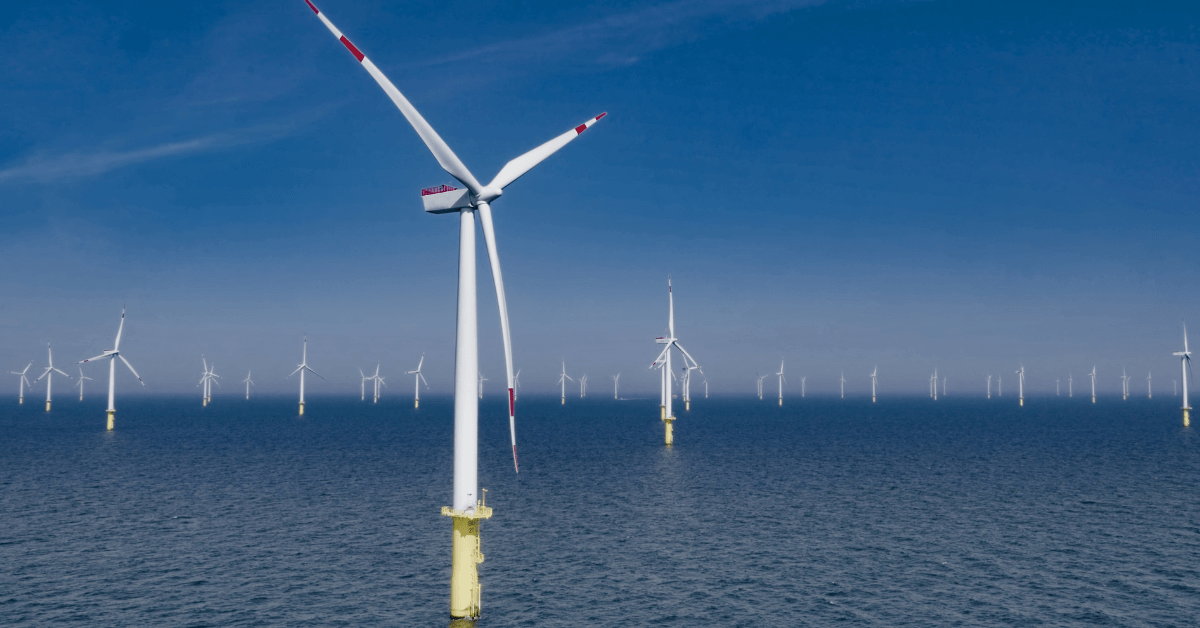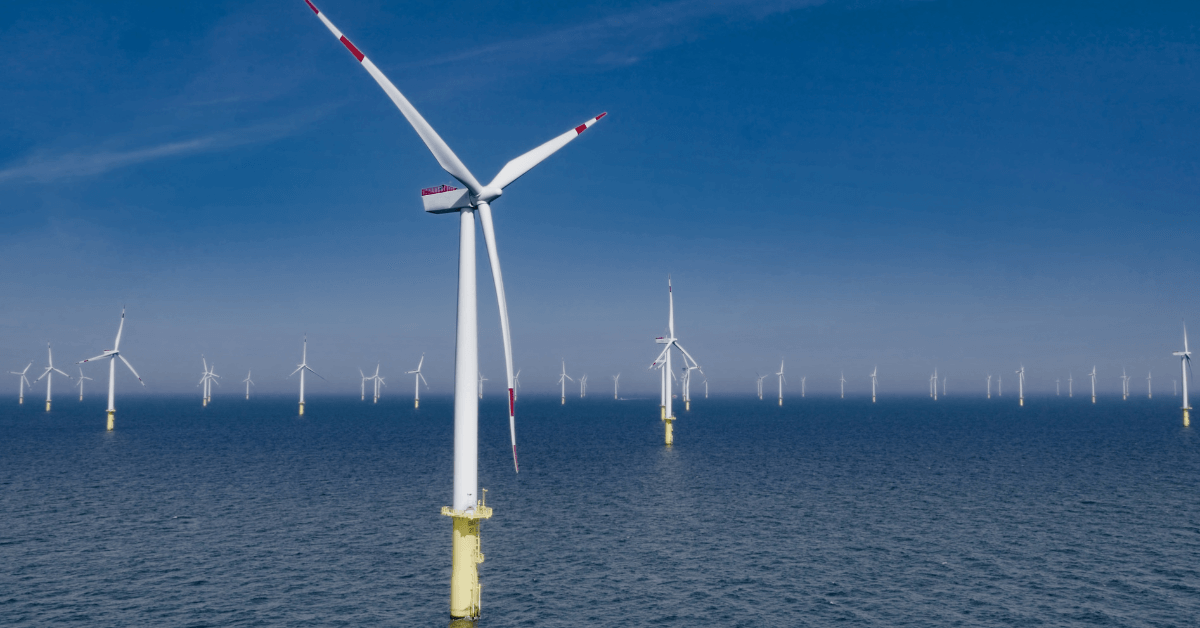
LPG Tanker Runs Aground Off Pattaya’s Coast, Residents & Tourists Panic
March 26, 2025
Families Of 10 Kidnapped Seafarers Urge Governments To Secure Their Release
March 26, 2025
Swedish energy company Vattenfall has decided to invest in two offshore wind farms in the German North Sea, Nordlicht 1 and 2.
Among the two, the Nordlicht 1 is set to become Germany’s largest offshore wind farm. The construction work will begin in 2026 and both projects are expected to be fully operational by 2028.
The Nordlicht wind cluster will have a combined net capacity of over 1.6 gigawatts (GW), generating approximately 6 terawatt-hours (TWh) of electricity annually, enough to power 1.6 million German households.
The company has agreed to buy back the 49% stake in the Nordlicht cluster that BASF acquired in 2024. Despite relinquishing its ownership stake, BASF has secured long-term access to renewable electricity from the project.
This power supply will support BASF’s chemical production in Europe, ensuring a stable source of clean energy amid rising demand.
Vattenfall has also entered a conditional agreement with Danish wind turbine manufacturer Vestas for the supply and installation of 112 V236-15.0 MW wind turbines for Nordlicht 1 and 2.
The project will feature wind turbine towers made from low-emission steel, which will reduce the overall carbon footprint by 16%.
According to the Environmental Product Declaration (EPD) of the steel, it will be produced with an intensity of 0.9 tons of CO2 per ton of steel. In contrast, the standard steel used in Vestas’ tower production has a higher intensity of 2.6 tons of CO2 per ton of steel.
Helene Bistrom, Head of Business Area Wind at Vattenfall, described the Nordlicht offshore wind cluster as a major milestone in the shift to fossil-free energy.
She said that the project will not only fasten Germany’s transition but also support industrial decarbonisation with innovation and sustainability in the renewable sector.
Vattenfall operates in several European countries, including, Denmark, Finland, Germany, Netherlands, Sweden and the United Kingdom.
Reference: Vattenfall
Source: Maritime Shipping News


